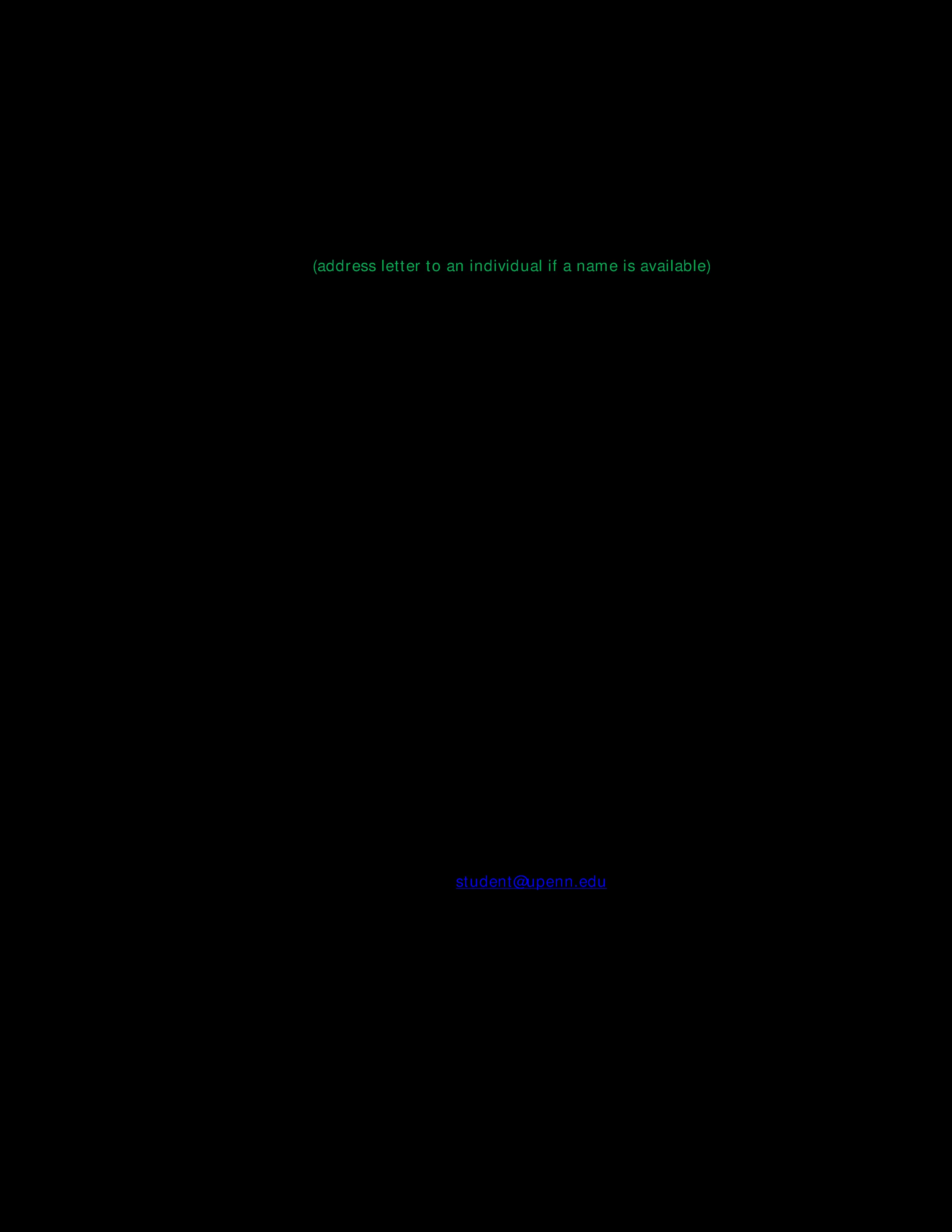Mechanical Engineer Cover Letter Secrets
Crafting a compelling cover letter is a critical step in securing a mechanical engineering position. A well-written cover letter serves as your first introduction to a potential employer, providing an opportunity to showcase your skills, experience, and enthusiasm for the role. Many candidates often underestimate the importance of a cover letter, treating it as a mere formality. However, a strategically crafted cover letter can significantly increase your chances of landing an interview by highlighting your unique qualifications and demonstrating your genuine interest in the company. In this guide, we’ll unveil the secrets to writing a cover letter that captivates hiring managers and sets you apart from the competition. We’ll explore essential sections, common pitfalls to avoid, and formatting tips to ensure your cover letter makes a lasting positive impression.
Understanding the Purpose of a Cover Letter
The primary purpose of a mechanical engineer cover letter is to provide a concise and persuasive overview of your qualifications and why you are the ideal candidate for the specific job. It goes beyond simply reiterating the information on your resume. It offers a chance to elaborate on your key skills, explain your career goals, and express your enthusiasm for the position and the company. A strong cover letter demonstrates your understanding of the role’s requirements and showcases your ability to communicate effectively, which is crucial for any engineering position. A cover letter should be viewed as a marketing document, designed to sell your skills and convince the employer that you deserve an interview. It’s your opportunity to make a positive first impression and distinguish yourself from other applicants.
Highlighting Relevant Skills
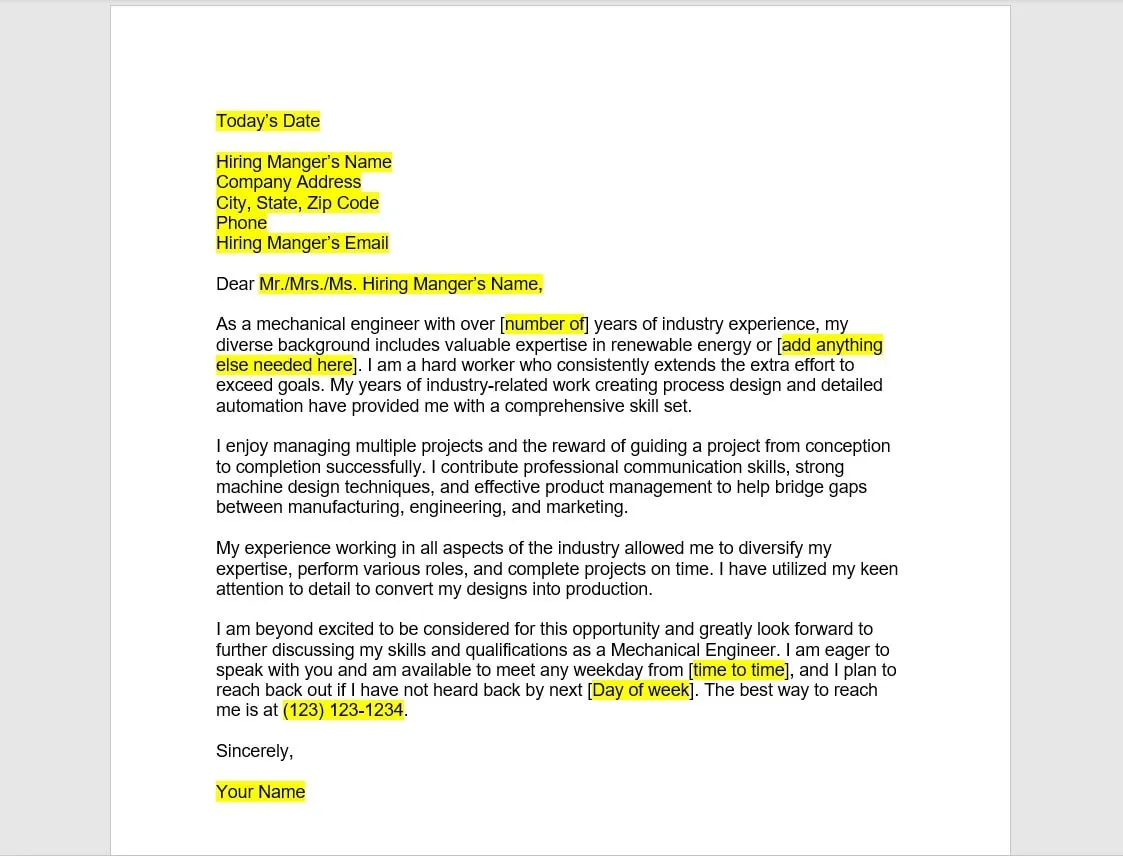
When crafting your mechanical engineer cover letter, it’s essential to highlight the skills that align with the job description. Identify the key technical skills, such as CAD software proficiency (e.g., AutoCAD, SolidWorks), knowledge of thermodynamics, fluid dynamics, and materials science, and mention them explicitly. Equally important are soft skills, including problem-solving, communication, teamwork, and project management. Provide specific examples of how you have utilized these skills in past projects or roles. For instance, describe how you successfully led a team to design a more efficient system or how you resolved a complex engineering issue using your analytical skills. Tailoring your skills section to match the employer’s needs demonstrates that you have researched the company and understand their priorities.
Tailoring Your Cover Letter
One of the most significant secrets to a successful cover letter is personalization. Avoid using a generic template that can be easily identified as such. Instead, customize each cover letter to match the specific job and company. Research the company’s mission, values, and recent projects. This shows that you are genuinely interested in the opportunity and have taken the time to understand their needs. In your cover letter, mention specific projects or initiatives that resonate with the company’s work. Also, try to address the letter to a specific person, such as the hiring manager, rather than using a generic greeting. Tailoring your cover letter demonstrates your attention to detail and your commitment to the application process, increasing your chances of capturing the hiring manager’s attention.
Key Sections to Include
Header and Contact Information
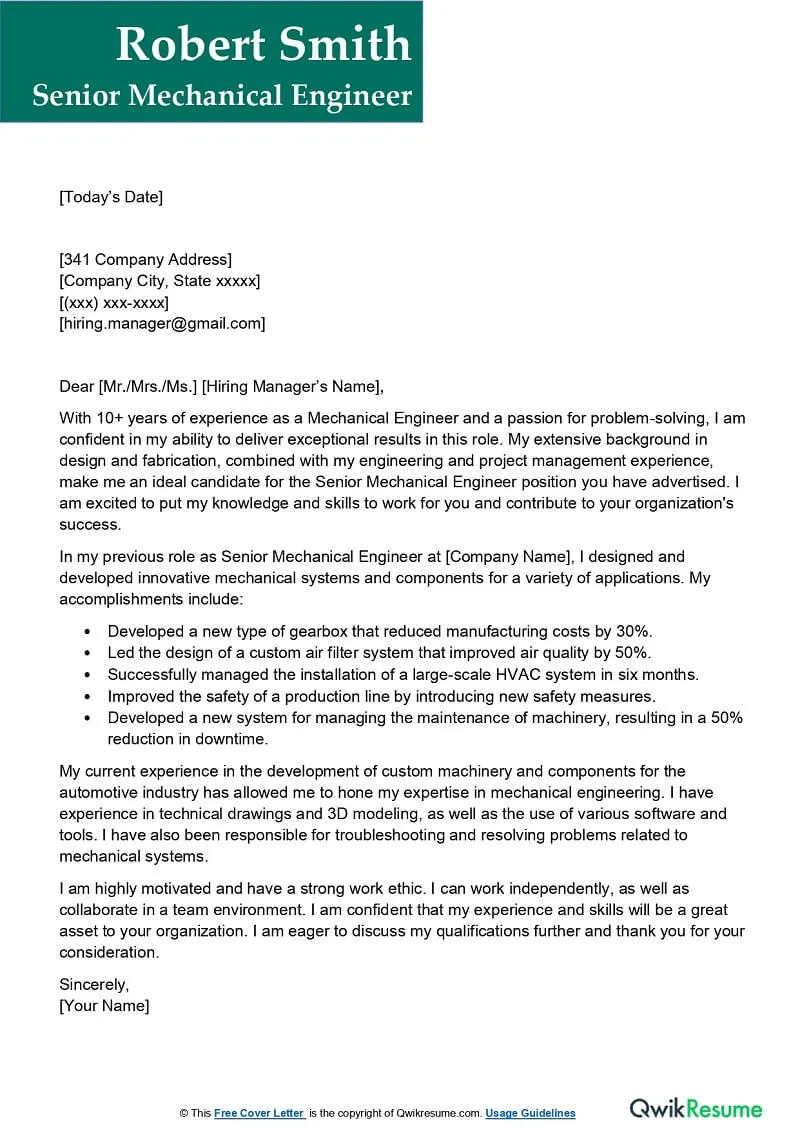
The header of your mechanical engineer cover letter should include your full name, contact information (phone number and professional email address), and the date. Ensure that your contact information is accurate and up-to-date. It’s also a good practice to include your LinkedIn profile URL to provide the hiring manager with easy access to your professional profile. Following this, include the hiring manager’s name (if known), title, company name, and address. This section sets the professional tone for your cover letter and makes it easy for the employer to contact you. Make sure the formatting is clear and easy to read.
Greeting and Opening Paragraph
Start your cover letter with a professional greeting, such as “Dear Mr./Ms. [Last Name]”. If you don’t know the hiring manager’s name, use a general greeting like “Dear Hiring Manager.” The opening paragraph is your first opportunity to capture the reader’s attention. State the specific position you are applying for and briefly mention where you found the job posting. Then, make a strong statement about why you are interested in the role and what you bring to the table. Briefly highlight your key skills or achievements that align with the job requirements. Make sure to express your enthusiasm for the opportunity and the company. This sets the stage for the rest of your letter and encourages the reader to continue reading.
Body Paragraphs Emphasizing Achievements
The body paragraphs are the core of your cover letter, where you provide details about your qualifications and experience. Instead of simply listing your job duties, focus on highlighting your achievements and the impact you made in previous roles. Use the STAR method (Situation, Task, Action, Result) to structure your responses and provide concrete examples. Describe the situation or challenge you faced, the task you were assigned, the actions you took to address it, and the positive results you achieved. This helps the hiring manager understand the value you can bring to their organization. The body paragraphs should demonstrate your technical expertise, problem-solving abilities, and communication skills. Make sure to link your skills to the job requirements outlined in the job description.
Quantifying Accomplishments
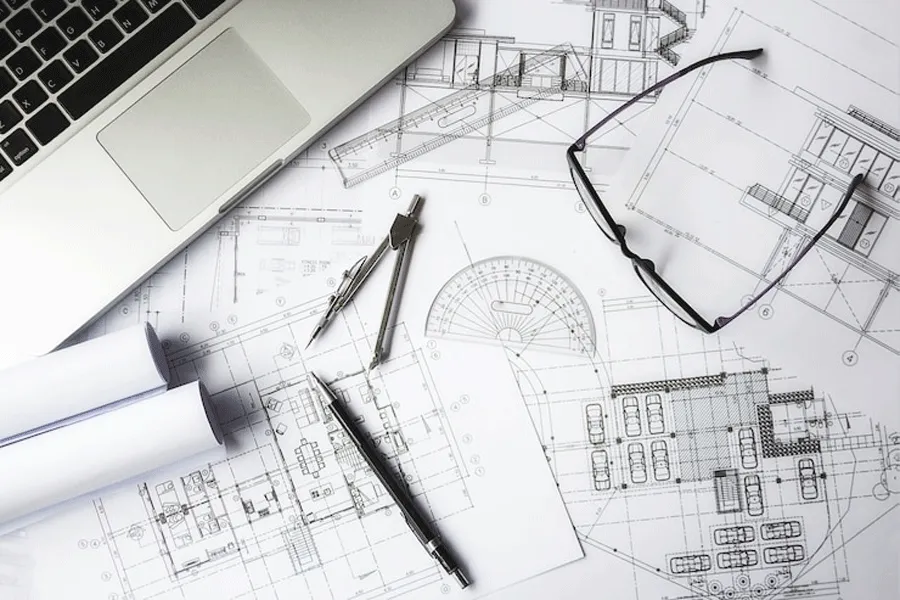
One of the most effective ways to make your achievements stand out is to quantify them. Use numbers and data to demonstrate the impact of your work. For example, instead of saying “Improved efficiency,” say “Improved system efficiency by 15% through redesign.” Quantifying your accomplishments provides concrete evidence of your abilities and makes your achievements more credible. Use metrics to showcase your contributions to projects, such as cost savings, increased production output, or reduction in errors. This provides the hiring manager with a clear understanding of the value you can bring to the role. Be precise and use specific numbers whenever possible.
Showcasing Technical Expertise
As a mechanical engineer, you need to highlight your technical expertise. Describe the software you are proficient in (CAD, FEA, CFD), the types of projects you have worked on, and your familiarity with industry standards and regulations. Mention any relevant certifications or licenses you hold. Provide specific examples of how you have used your technical skills to solve complex engineering problems. For example, describe a time when you successfully used simulation software to optimize a design or when you troubleshooted a mechanical system to identify and resolve a critical issue. Demonstrating a strong understanding of engineering principles and practical application is crucial to showcasing your value as a candidate.
Closing Paragraph and Call to Action
The closing paragraph should summarize your interest in the position and reiterate your key qualifications. Thank the hiring manager for their time and consideration. Express your enthusiasm for the opportunity to discuss your qualifications further. Include a clear call to action, such as “I am eager to discuss my qualifications in an interview” or “I look forward to hearing from you.” Provide your contact information again, making it easy for the hiring manager to reach you. Make sure to use a professional closing, such as “Sincerely” or “Best regards” before signing off.
Common Mistakes to Avoid
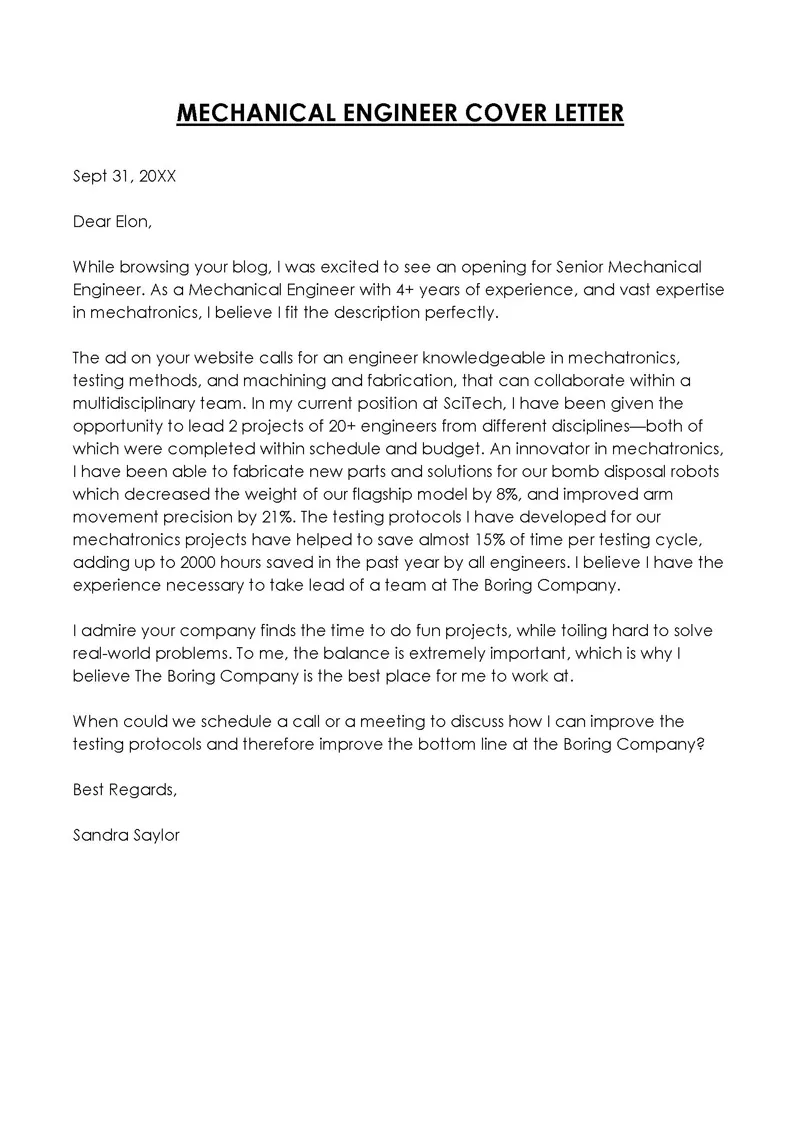
Generic Cover Letters
Avoid sending generic cover letters. These are easily identifiable and show a lack of effort. Customize each cover letter to match the specific job and company. Research the company’s projects, values, and culture to show that you have a genuine interest in the position and the organization. Tailoring your letter to demonstrate your understanding of their needs is critical. If you have used a template, make sure you’ve thoroughly personalized the content to fit the specific requirements of the job and the company. Generic letters often fail to capture the hiring manager’s attention because they lack the relevance and personal touch that show you’ve put in the effort.
Typos and Grammatical Errors
Proofread your cover letter carefully for any typos or grammatical errors. These errors can create a negative impression and suggest a lack of attention to detail. Use a spell-checker and grammar-checker, but don’t rely on them entirely. Ask a friend or colleague to review your cover letter to catch any mistakes you might have missed. Pay close attention to the use of punctuation and sentence structure. A well-written and error-free cover letter demonstrates your professionalism and commitment to quality. A cover letter full of errors can undermine your credibility, no matter how strong your qualifications.
Lack of Enthusiasm
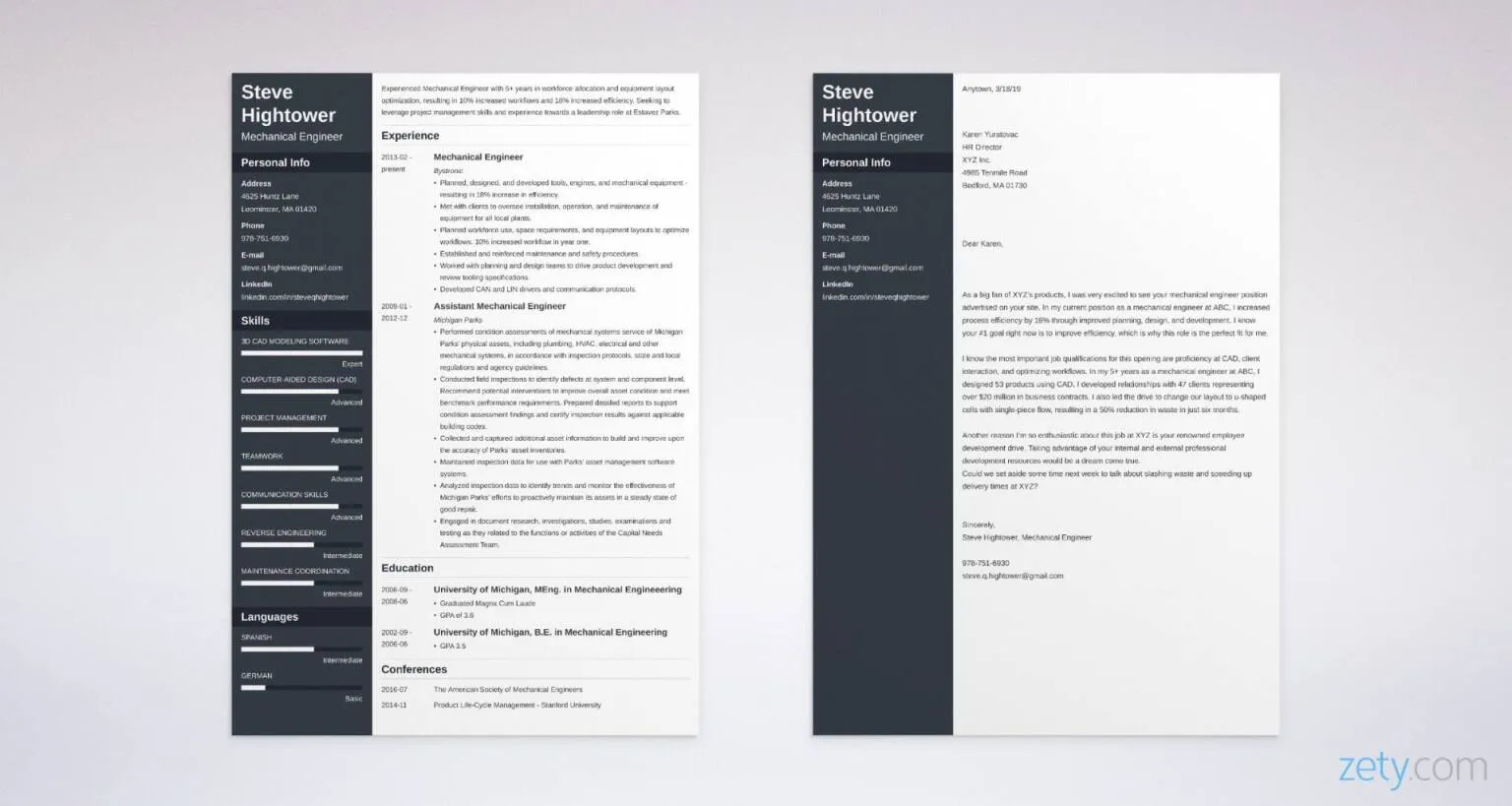
Your cover letter should convey your enthusiasm for the position and the company. Avoid sounding indifferent or using generic phrases. Instead, express your genuine interest in the role and explain why you are excited about the opportunity. Highlight what motivates you and what you hope to achieve in the role. Show that you have researched the company and are passionate about their work. Use positive language and a tone that conveys your eagerness to contribute. Your enthusiasm is contagious and can make a significant impact on the hiring manager’s perception of your application. Enthusiasm is key to making a strong first impression and making a lasting impression.
Formatting Tips for a Professional Look
Font and Font Size
Choose a professional and easy-to-read font, such as Times New Roman, Arial, or Calibri. Use a font size between 10 and 12 points. Ensure that the font is consistent throughout the document. Avoid using overly stylized or unconventional fonts that could distract the reader. The goal is to create a clean and professional appearance that is easy on the eyes. The readability of your cover letter is a key factor in ensuring that the hiring manager can easily read and comprehend your information. Using a standard font and size contributes to a polished look.
Margins and Spacing
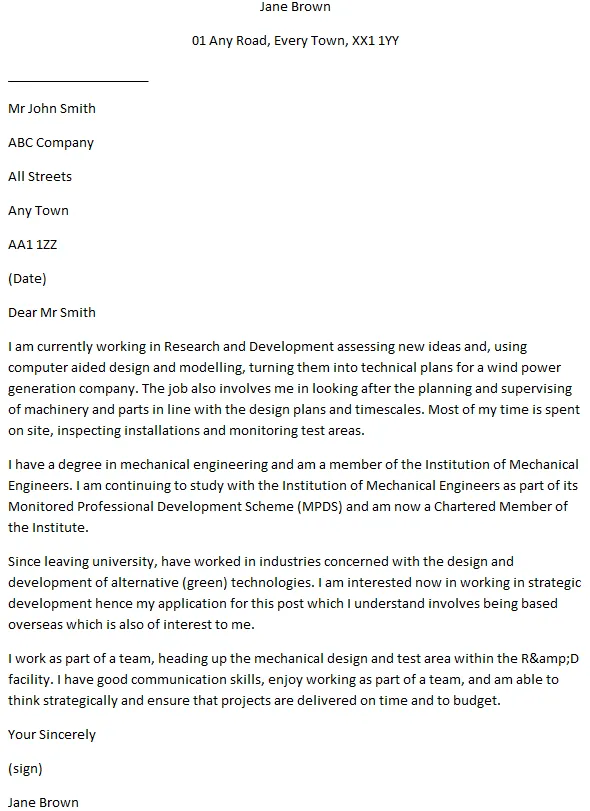
Use standard margins (1 inch on all sides) and double-space your cover letter for easy reading. This helps to create a visually appealing and uncluttered layout. Consistent spacing ensures that the text is well-organized and makes it easier for the reader to scan the document. Proper margins and spacing also contribute to a professional appearance, enhancing the overall impression of your cover letter. Avoid using excessive spacing, as it can make the cover letter appear disorganized and unprofessional. The goal is to create a well-balanced document that is easy to read and understand.
Reviewing and Proofreading
Before submitting your cover letter, review it multiple times. Proofread carefully for any typos, grammatical errors, or formatting inconsistencies. Ensure that your content is clear, concise, and tailored to the specific job. Ask a friend, family member, or career counselor to review your cover letter for feedback. Getting a second pair of eyes can help you catch errors that you might have missed. Correct any mistakes or make improvements based on the feedback received. A polished, well-written cover letter demonstrates your professionalism and attention to detail. A thoroughly reviewed and proofread cover letter greatly improves your chances of landing an interview.
